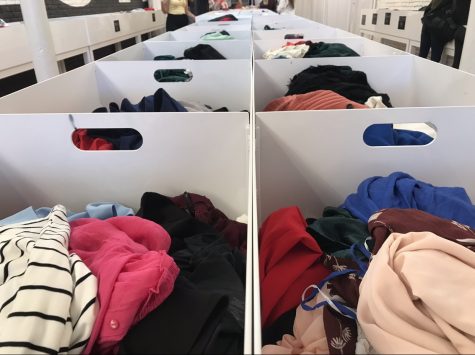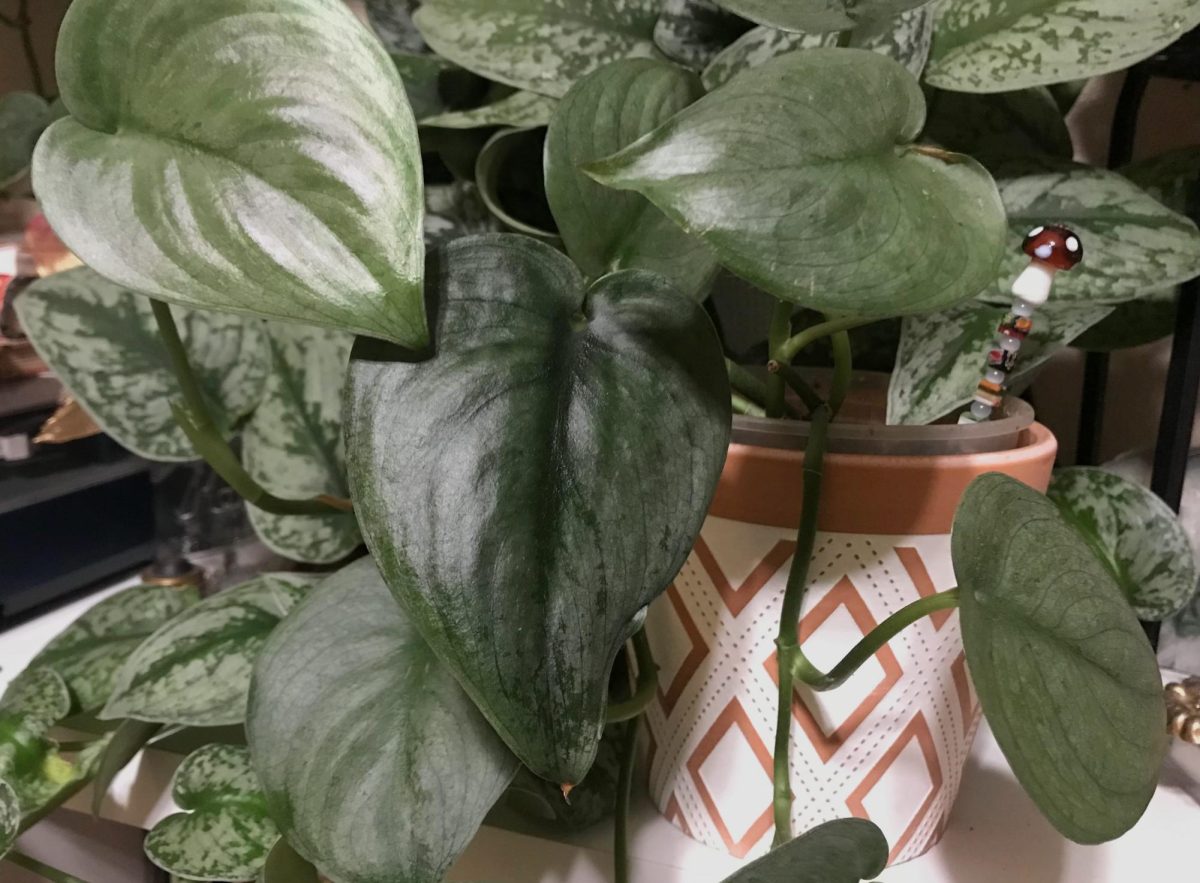Yeah that insanely cheap, cute top you just got is hurting our environment.
It’s not just Forever 21, it’s fast fashion that’s polluting our planet and feeding into sweatshops in third world countries.
The rise of fast fashion has gone up drastically in the past 10 years or so. We now have more clothes than we actually need. We don’t even wear it, really, if we’re all being honest. Show that piece of clothing in the back of your closet some love instead of buying a new one.

Over the years, our clothing consumption has gone up severely and it’s only expected to rise thanks the easy access of internet shopping.
Now, I too fall victim to these fast fashion franchises. How can you not? When these retailers like H&M, Fashion Nova, Zara and ASOS are serving you looks hot off the runway and onto your Instagram feed (literally.)
The demand is so high that fast fashion brands whip out new clothing items practically every week.
I know as a student, it is hard to picture how a $20 top from Forever 21 can be considered insanely cheap; but it is cheap in regard to the quality of the clothing and how they’re paying their workers.
Actually INSANELY cheap examples are Zaful, Romwe and Shein. You know which ones I’m talking about. Those ads you get on your social medias that show this cute trendy top for $5.99. These prices are actually too good to be true. They are the types of clothing that not only catfish you with the quality, but the amount of uses you can get out of each article is around three max.
Obviously a lot of our wardrobe is made outside the U.S. If the clothing tag says made in China, Vietnam, Bangladesh, Chile or any other third world country, chances are that it was made in sweatshops. These sweatshops don’t pay their workers a livable wage, some of them even have child labor going on.
Nothing about these fast fashion brands are sustainable or ethical so don’t let them fool you thinking they are. For example, many of them will greenwash themselves and say “oh we recycle our clothing” or “we produce our clothing ethically”, but there’s nothing eco-friendly about having hundreds of new pieces for sale all the time.
Brands can’t even keep up with all the clothing they release. They end up opening outlet stores with various old pieces at a reduced price that still costs more than what it cost them to make. Also a lot of the time those pieces usually have some defect which is why they end up there.

Quantis Measuring Fashion study shows that the apparel and footwear industry is responsible for eight percent of the world’s greenhouse gas emissions
Fashion is suppose to be seen as form a of self expression and art, but instead it’s turning into one of the biggest contributors of climate change. Maybe it’s a hard idea to grasp, but it takes a lot out of our environment to produce the textiles that make our apparel
There’s more to helping the environment than getting a reusable straw (although it helps). Think twice about the actual cost of that top you absolutely need.
I won’t leave you high and dry, there are ways to meet your clothing needs, like shopping at thrift stores or sustainable clothing companies.
Yaritza Ayon can be reached at [email protected] or @ayon_yaritza on Twitter.













